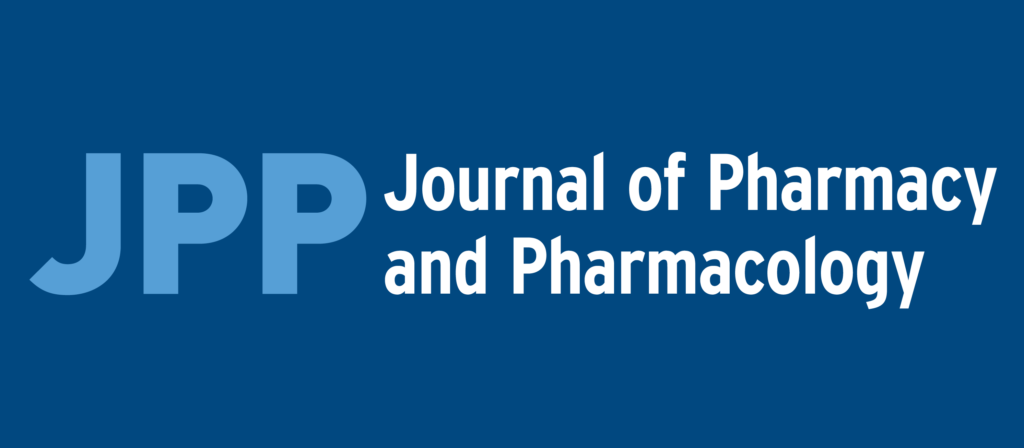
“Background: Medical cannabinoids differ in their pharmacology and may have different treatment effects. We aimed to conduct a pharmacology-based systematic review (SR) and meta-analyses of medical cannabinoids for efficacy, retention and adverse events.
Results: In total, 152 RCTs (12,123 participants) were analysed according to the type of the cannabinoid, outcome and comparator used, resulting in 84 comparisons. Significant therapeutic effects of medical cannabinoids show a large variability in the grade of evidence that depends on the type of cannabinoid. CBD has a significant therapeutic effect for epilepsy (SMD – 0.5[CI – 0.62, – 0.38] high grade) and Parkinsonism (- 0.41[CI – 0.75, – 0.08] moderate grade). There is moderate evidence for dronabinol for chronic pain (- 0.31[CI – 0.46, – 0.15]), appetite (- 0.51[CI – 0.87, – 0.15]) and Tourette (- 1.01[CI – 1.58, – 0.44]) and moderate evidence for nabiximols on chronic pain (- 0.25[- 0.37, – 0.14]), spasticity (- 0.36[CI – 0.54, – 0.19]), sleep (- 0.24[CI – 0.35, – 0.14]) and SUDs (- 0.48[CI – 0.92, – 0.04]). All other significant therapeutic effects have either low, very low, or even no grade of evidence. Cannabinoids produce different adverse events, and there is low to moderate grade of evidence for this conclusion depending on the type of cannabinoid.
Conclusions: Cannabinoids are effective therapeutics for several medical indications if their specific pharmacological properties are considered. We suggest that future systematic studies in the cannabinoid field should be based upon their specific pharmacology.”
https://pubmed.ncbi.nlm.nih.gov/35982439/
“Cannabinoids are effective therapeutics for several medical indications if their specific pharmacological properties are considered. We suggest that future systematic studies in the cannabinoid field should be based upon their specific pharmacology.”
https://bmcmedicine.biomedcentral.com/articles/10.1186/s12916-022-02459-1








